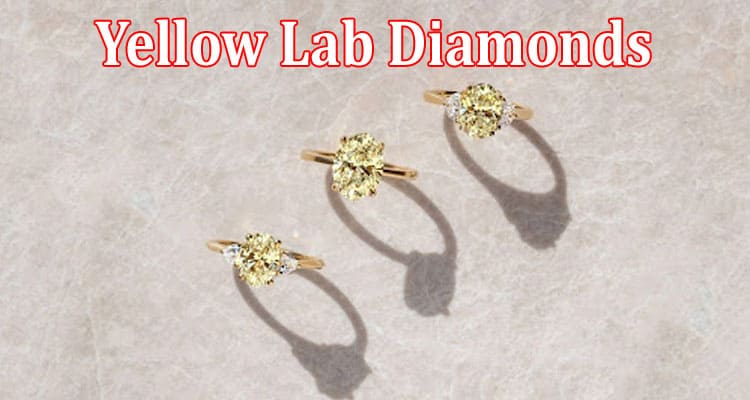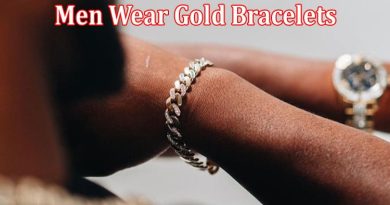Here Is How Yellow Lab Diamonds Are Made
The popularity of lab-grown diamonds has increased recently, as more and more people choose these responsibly and legally acquired alternative options for diamonds that are mined. Amongst the various kinds of lab-grown diamonds, the yellow lab grown diamond is a unique type due to its captivating color and environmentally favorable qualities. This post examines the complex method involved in producing these brilliant diamonds, it also reveals its beauty, durability, and moral integrity.
Selection of premium diamond seed crystals
The process of creating yellow lab diamonds begins with the selection of premium diamond seed crystals, which are usually synthesized or obtained from already-existing diamonds. The tiny seeds function as the basis for the growth of the lab-grown diamond. Scientists establish an environment that is favorable to diamond development by using modern technologies like Chemical Vapor Deposition (CVD) or High-Pressure High-Temperature (HPHT) procedures.
Inclusion of trace elements
The vibrant yellow color of yellow lab diamonds is attributed to the inclusion of trace elements like nitrogen during the formation phase. By carefully regulating the temperature, pressure, and gas composition, experts direct the formation of crystals layer by layer, mimicking the natural environment in which diamonds develop underneath the surface of the Earth.
Shading
The intended shade of the diamonds progressively takes shape as they grow, ranging from soft pale yellow to bright, brilliant colors resembling sunshine. Lab-grown diamonds offer uniformity in color and value, ensuring an even sparkle across each gem, in contrast to diamonds that are mined, whose colors may be influenced by impurities and abnormalities in their geological surroundings.
Inspection and grading
The diamonds go through a thorough inspection and grading process to determine their grade and purity once they have reached their ideal size and color saturation. In this rigorous procedure, professional gemologists assess the diamonds based on set criteria, such as the 4Cs: carat weight, cut, clarity, and color. Given their brilliant color and outstanding purity, yellow lab diamonds can be just as beautiful as their mined rivals.
Cutting and polishing
After being graded, the diamonds are professionally cut and polished by craftsmen, bringing out the gem’s natural brightness. A captivating mix of colors and sparkle is produced by the carefully crafted facets, which are intended to maximize the reflection of light and dispersion. Yellow lab diamonds are an unending source of inspiration for beautiful jewelry designs, whether they are fashioned into traditional solitary designs or integrated into complex settings.
Beauty, durability, and moral integrity
Yellow lab diamonds are not only beautiful to look at, but they also have durability and moral integrity to offer. As opposed to conventional diamond mining, which may have negative effects on the environment and society, lab-grown diamonds have less of an ecological impact and raise no questions about illegal mining procedures. Customers may wear jewelry with confidence when they choose lab-grown diamonds because they know that the piece not only displays elegance but also demonstrates responsible management of natural resources.
The introduction of lab-grown diamonds is changing the jewelry market by providing more readily available options without losing quality. Yellow lab diamonds are set to become the preferred choice for selective consumers looking for elegance with a conscience as awareness among consumers goes up and demand for ecologically friendly alternatives increases.
Finally
The discovery of yellow lab diamonds represents the union of science and creativity, resulting in jewels with unmatched beauty and moral purity. From the regulated laboratory setting where they were formed to the spectacular jewelry pieces in which they were fashioned, these brilliant jewels sparkle as an expression of creativity, sustainability, and classic style.




